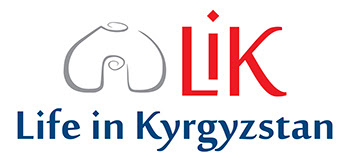Violent conflict is a well-recognised driver of forced migration but literature does not usually consider the pull factors that might also cause irregular movements. In turn, the decision to leave and of where to go are rarely considered separately. This is in contrast to literature on regular international migration, which considers both push and pull factors. We contribute to these literatures by studying bilateral forced migration from multiple countries of origin to 28 European countries in the years either side of two “migration crises” – the wars in the Balkans and the Arab Spring. We pay attention to dynamics by analysing lagged flows and stocks of forced migrants and modelling their spatial distribution. We find that these partial adjustment and network effects are key pull factors, with employment rate in the destination country the only significant economic variable. In addition, we demonstrate that it is episodes of escalating conflict, rather than accumulated violence, that drives decisions to leave. Out-of-sample predictions indicate that if conflict in origin countries were to cease, forced migration would continue, albeit at a significantly reduced rate. Our findings suggest that past patterns of forced migration help shape future flows, that forced migration flows cannot easily be stopped by destination country policies, and that preventing conflict escalation is important for preventing forced migration.
Publication Details
- Year of Publication: 2018
- Region/s: Europe · Global · Middle East & North Africa
- Theme/s: Shocks & Livelihoods · Violence & Peacebuilding
- Research Topic/s: Migration & Displacement · Violence & Conflict





